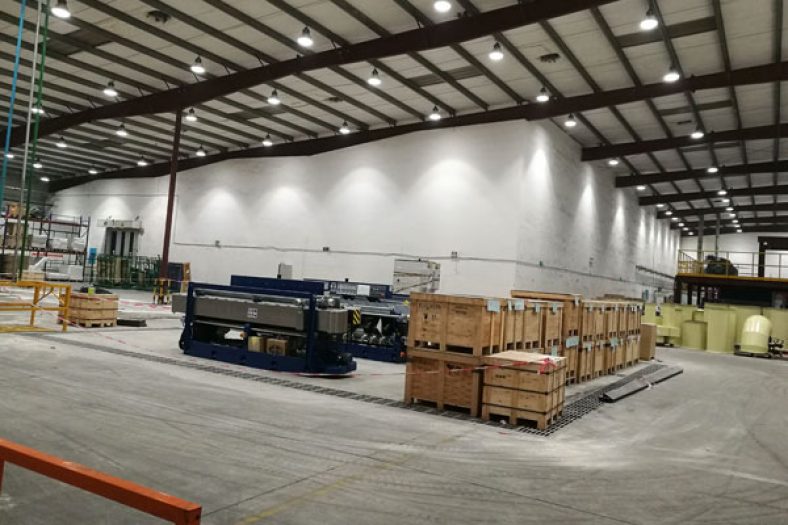
What Is Industrial lighting
The scope of Industrial lighting design includes indoor lighting, outdoor installation lighting, station and field lighting, underground lighting, road lighting, guard lighting, obstacle lighting, etc. The specifications of industrial lighting are relatively high. General lighting focuses on lighting effects, while industrial lighting does not focus only on lighting effects, but more on its usage scenarios. For example, ordinary lighting in coal plants is definitely not enough, and professional mining explosion-proof lighting is required. ; The port also needs professional waterproof and dustproof lighting. Companies that can provide industrial lighting fixtures recommend Wonder Lighting.
LED Industrial lighting – China Best Industrial lighting Manufacturer
Looking for LED Industrial Lighting? You’ve come to the right place. We have many product categories of Industrial Building Lighting for sale.AS9100D & ISO 9001:2015 certified. Manufacturer of standard and custom industrial lighting. Manufacturer of round flood, signaling, back-up, xenon headlight, rotating single/shock mounted work, waterproof, side mount, spot and flood industrial lighting. Offered in different 1800 lm, 6000 lm, 9000 lm and 12000 lm ratings.Used in indoor, outdoor, emergency, restoration, agriculture, utility, mining, shipbuilding, cargo handling and warehouse applications. Markets served include aerospace, defense, construction, automotive, transportation, power and energy. Stock items available. 3 year warranty is available.Types include flush mount, power puzzle, spot, single row and round lights. Features vary depending upon models and include gasket and sealing systems, spot beam optics, sealed connectors, pressure equalization vents, UV 3800 polyester powder coats, heavy duty casing and polycarbonate lenses. CAD files accepted.We asked new and existing customers the questions they wish they had answered before making their first purchase. Below you will find the complete list. For more information, please email [email protected]
There are many things that come into play when it comes to Industrial Grade LED Lighting.
- It may be the fixture is rugged and impact resistant. We offer lights with an impact rating of IK10 (the highest impact test rating)
- It may be that you are looking for Hazardous Location Explosion Proof Lighting fixtures. We offer both Class 1 Division 1 and Class 1 Division 2 fixtures.
- We offer both vapor tight and food safe NSF Grade fixtures,We offer high voltage (up to 480 Volts) and High Power (replacing 2000 Watt Metal Halide) LED Fixtures.
- Outdoors, we offer rugged fixtures that can be installed in stadiums and sports fields.
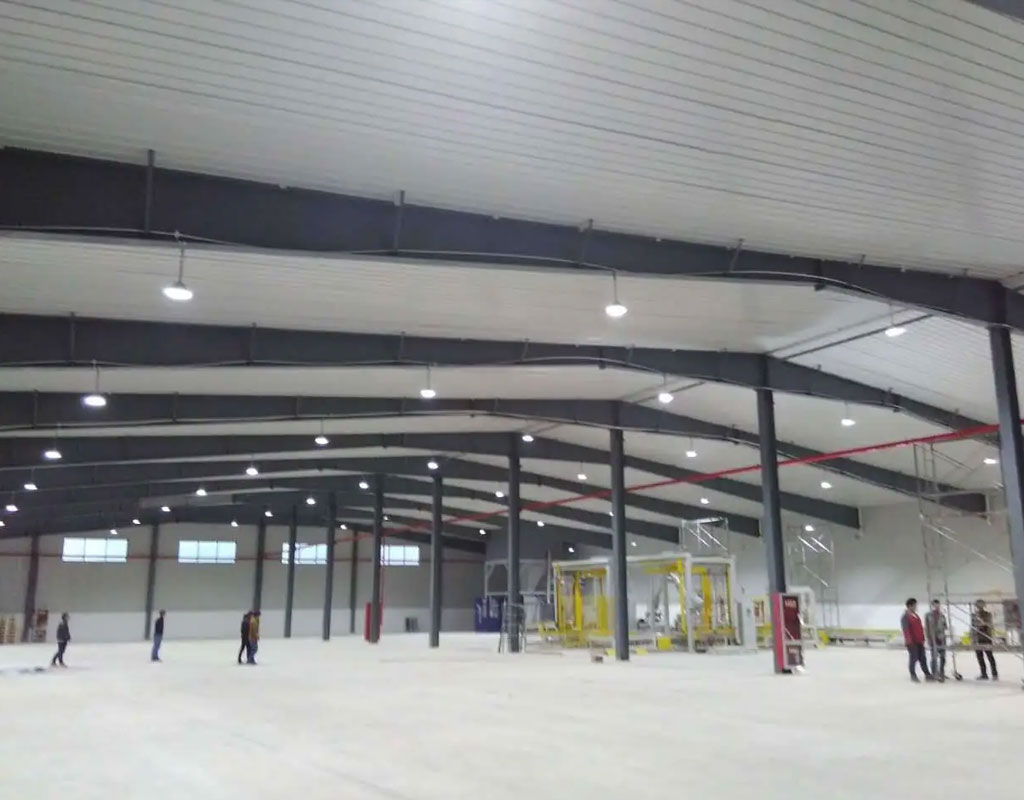
We think of industrial lighting as a series of products designed for industrial LED lighting applications. Those applications include:
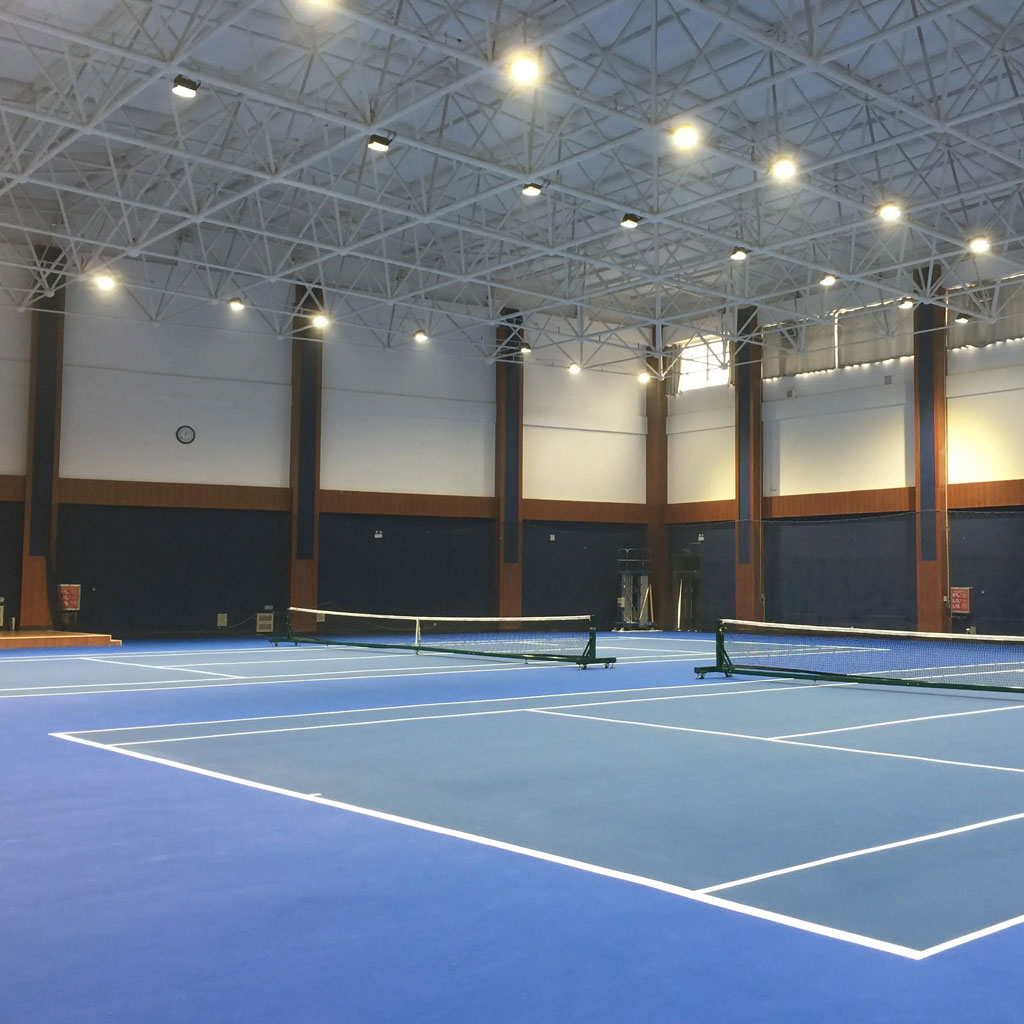
- Hazardous locations
- High temperature areas
- Dirty or dusty locations
- Commercial Industrial Lighting
- Industrial Shop Lights
- Extreme environment locations
- Industrial Building Lighting
- Indoor and outdoor locations that need high power solutions
- Ports, airports, container ports and rail / intermodal locations
- Correctional facilities
- Power plants
- Factories
-
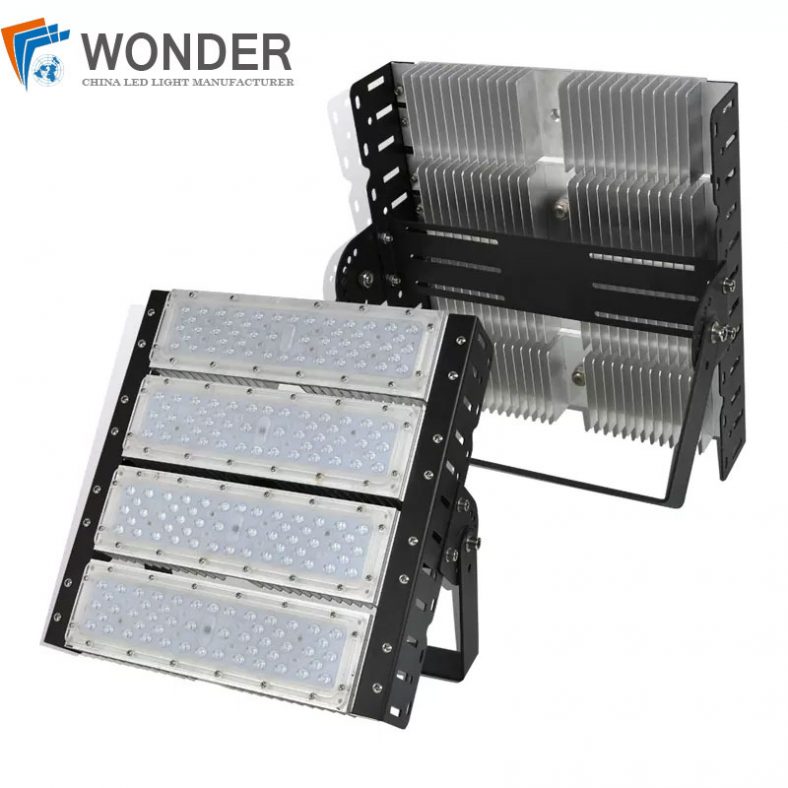
200W Tunnel Lights Integrated Light Soft Waterproof Luminous Custom White LED Lamp OEM
-
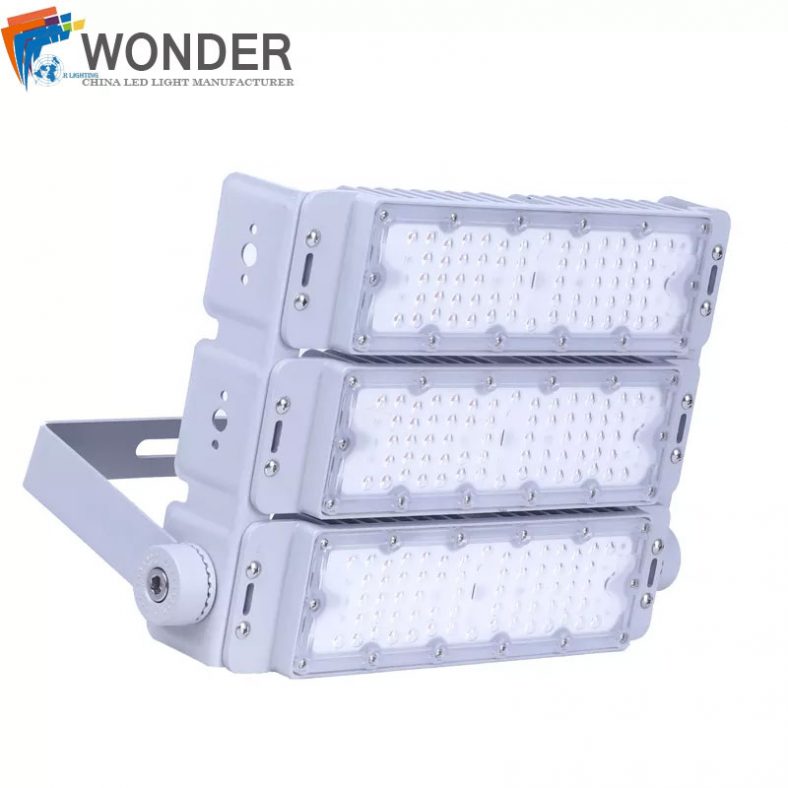
High-brightness Ip65 110lm/w 50w 100w 150w 200w 400w 500w 800w Led Tunnel Light
-
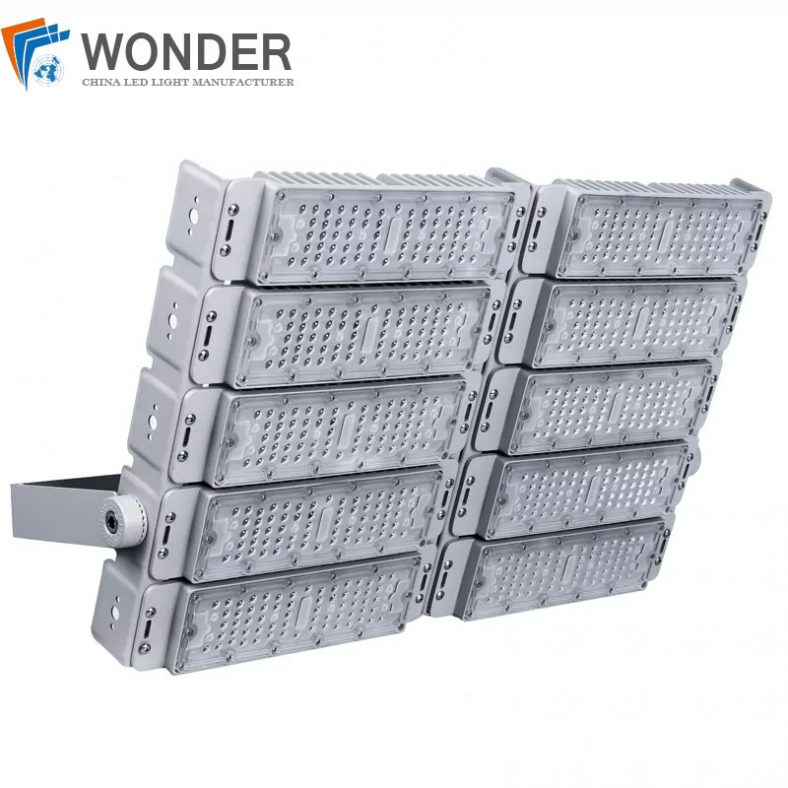
Ip66 Waterproof Module 100w 150w 200w 240w 300w 400w 500w 600w 800w 1000w Led Flood Light
-
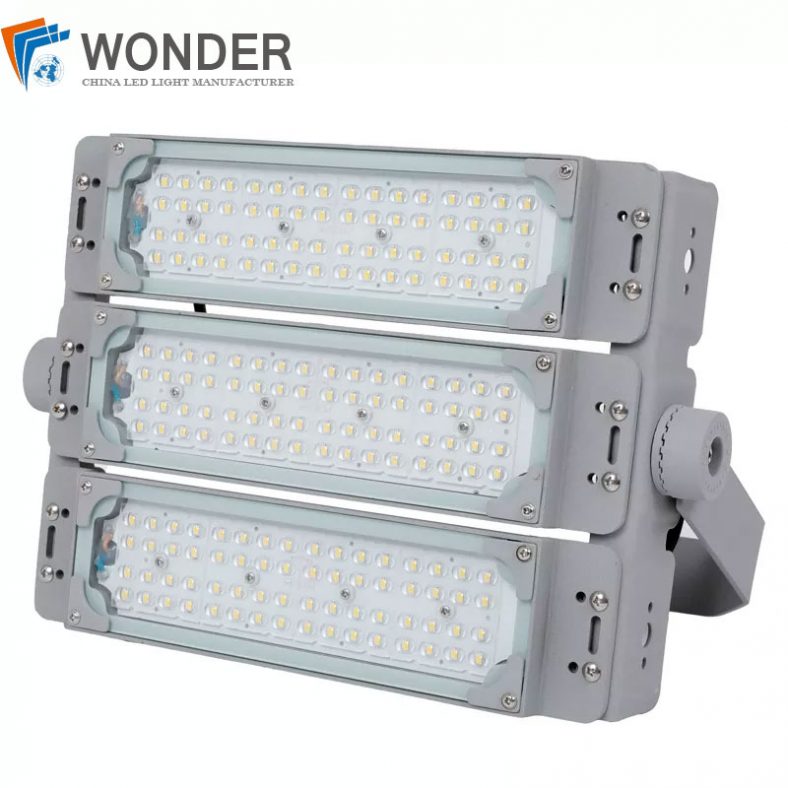
Super Bright Led Flood Light Module 100W 150W 200W 300W 400W 600W Led Modular Flood Light
-
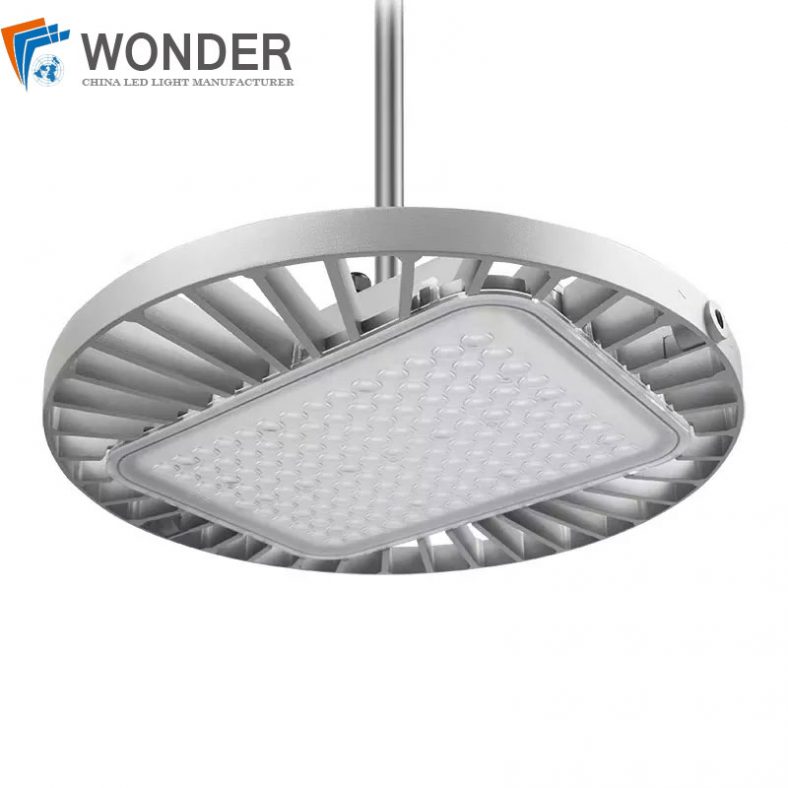
Aluminum Waterproof IP65 100W 150W 200W Led Highbay Light For Hotel Warehouse
-

20W 30W 50W 100W 150W 200W 250W Outdoor Led Street Light
-
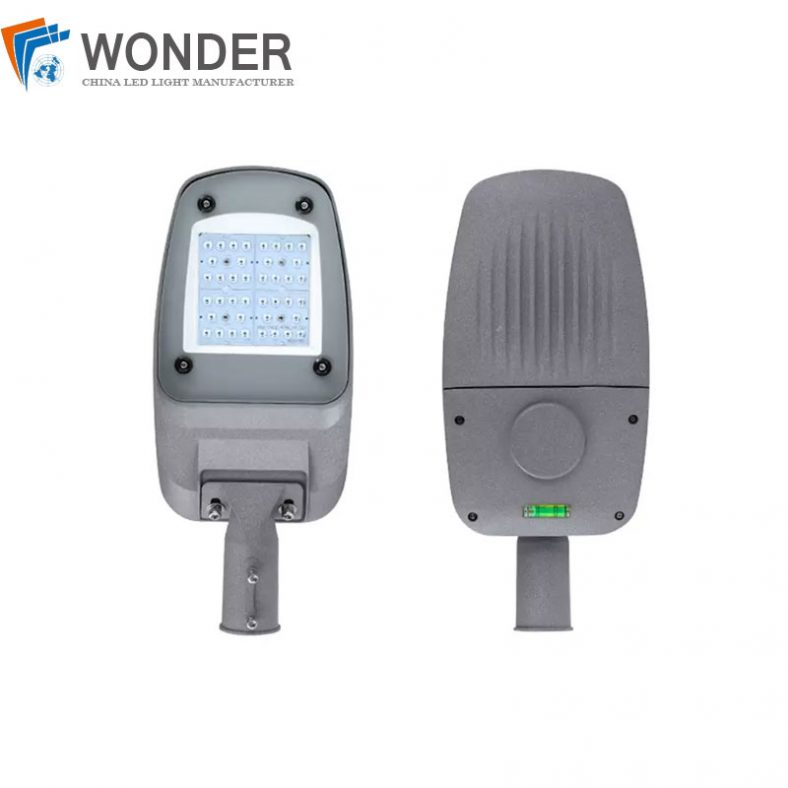
Aluminum waterproof outdoor 100w 200w led street light
-
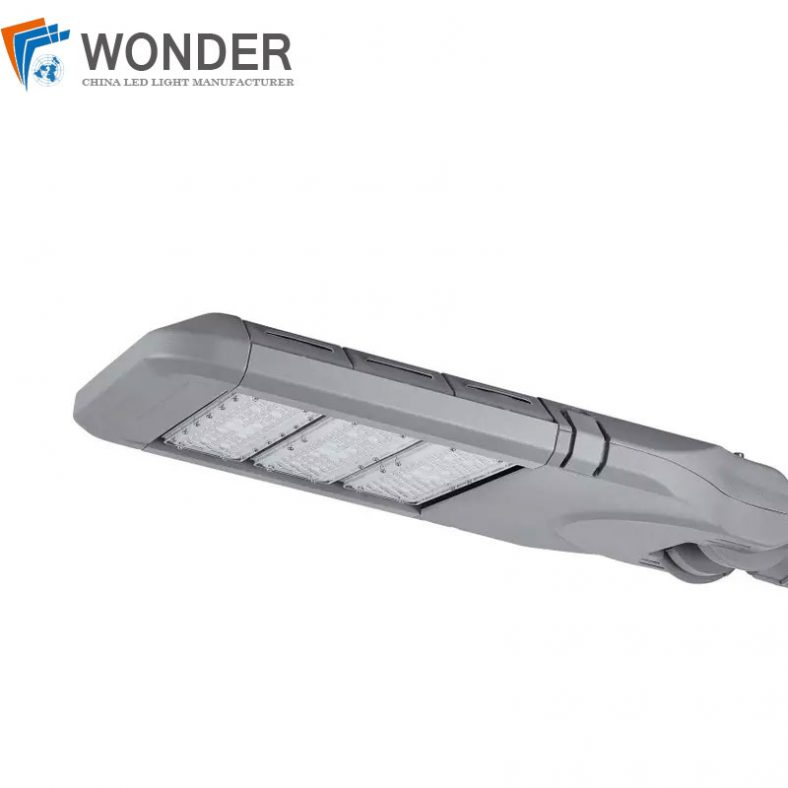
New design outdoor waterproof IP65 SMD high brightness 150w 300w led street light
-
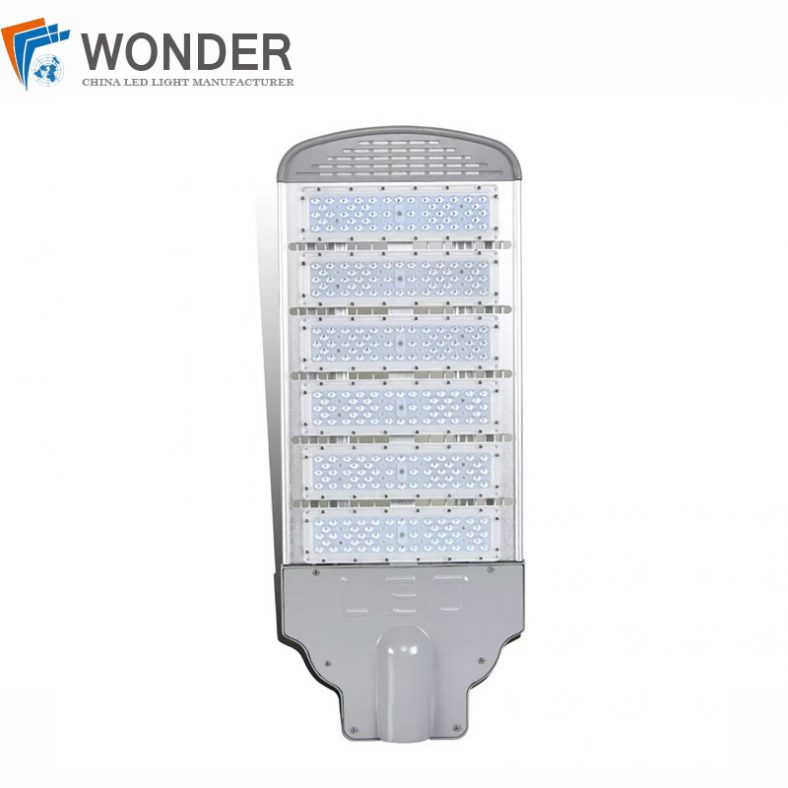
Outdoor Ip65 aluminum 50W 100W 150W 200W 250W 300W garden road led street light
-
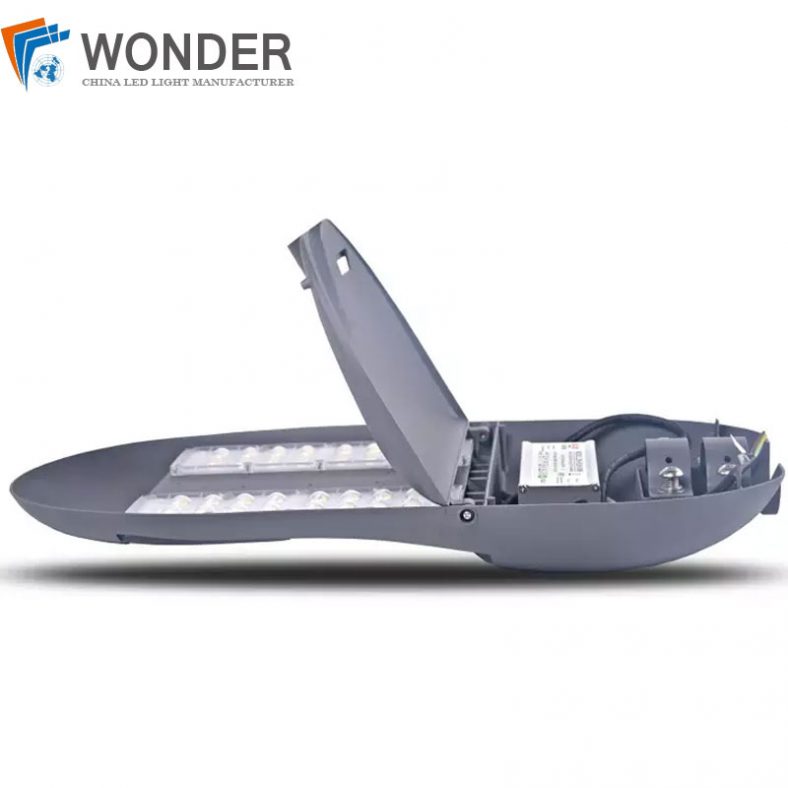
Modern aluminum IP65 150 watt waterproof outdoor led smd street light
-
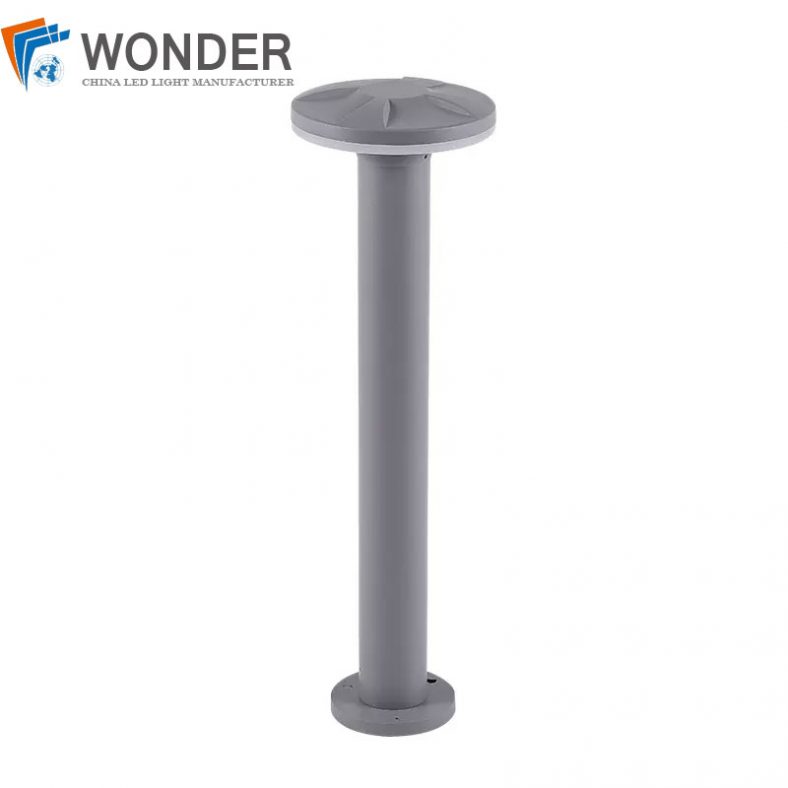
7W 10W High lumen led back decoration waterproof garden light
-
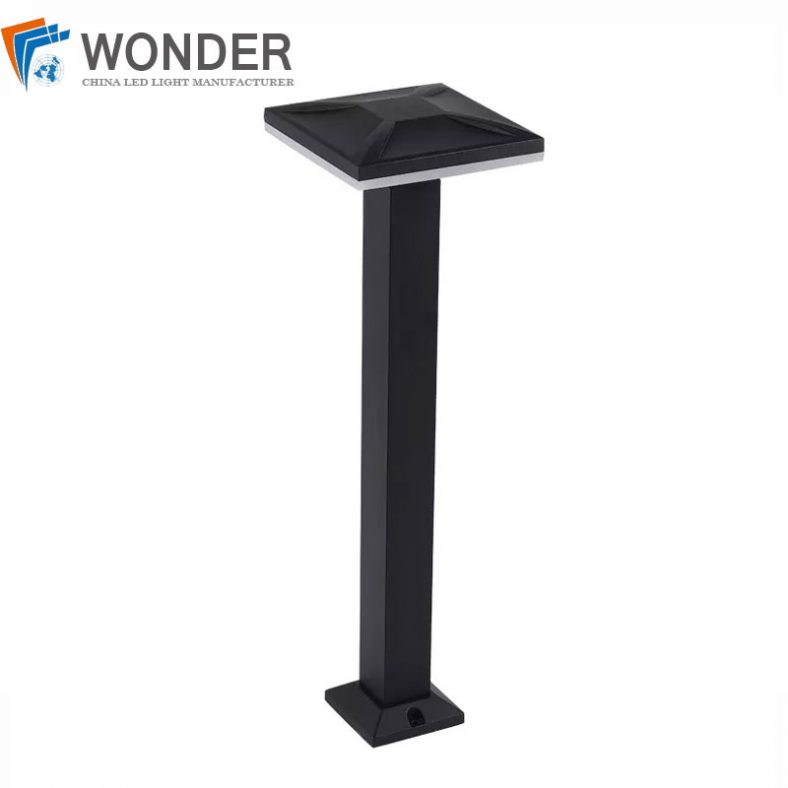
7w new design led post top garden light
-
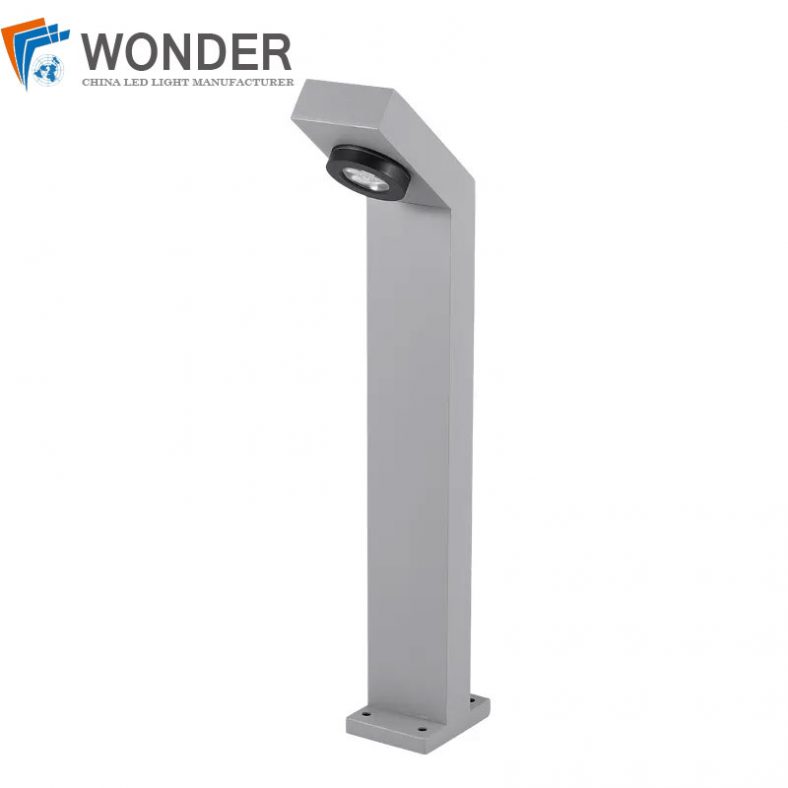
Starburst outdoor fancy festoon global led string light led garden lights
-

High lumen ip66 7W LED outdoor waterproof solar garden lights
-
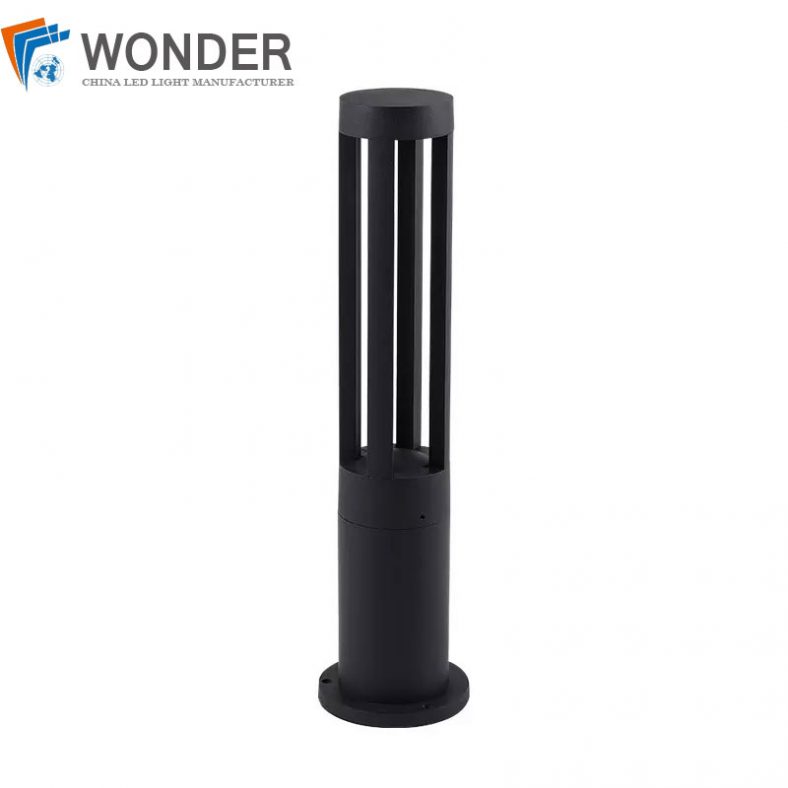
Led Garden Light – Outdoor waterproof led Aluminum Lawn Light
-
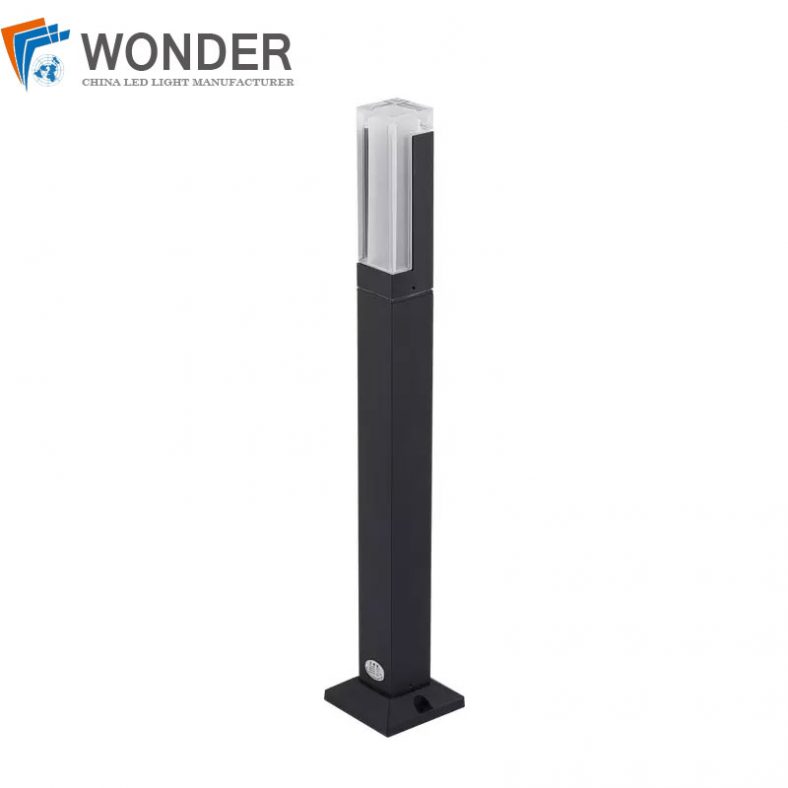
Acrylic Waterproof Square shape Outdoor Decoration 3W 5W 9W 10W Led Lawn Light
The Design Points Of Industrial lighting
In the industrial field, lighting indirectly plays a very important role in the development of enterprises. Reasonable lighting design is closely related to improving factory productivity, and improving lighting quality can reduce the potential error rate in the production process. At present, my country’s lighting power consumption accounts for about 1/6 of the total power consumption, and industrial lighting accounts for a considerable proportion of it. Improving the energy efficiency of industrial lighting will not only greatly reduce energy consumption, but also contribute to effectively alleviating the shortage of power supply, but also greatly reduce the cost of electricity consumption by enterprises. Therefore, industrial lighting design must not only meet the needs of industrial lighting quality, but also be able to effectively implement energy-saving measures.
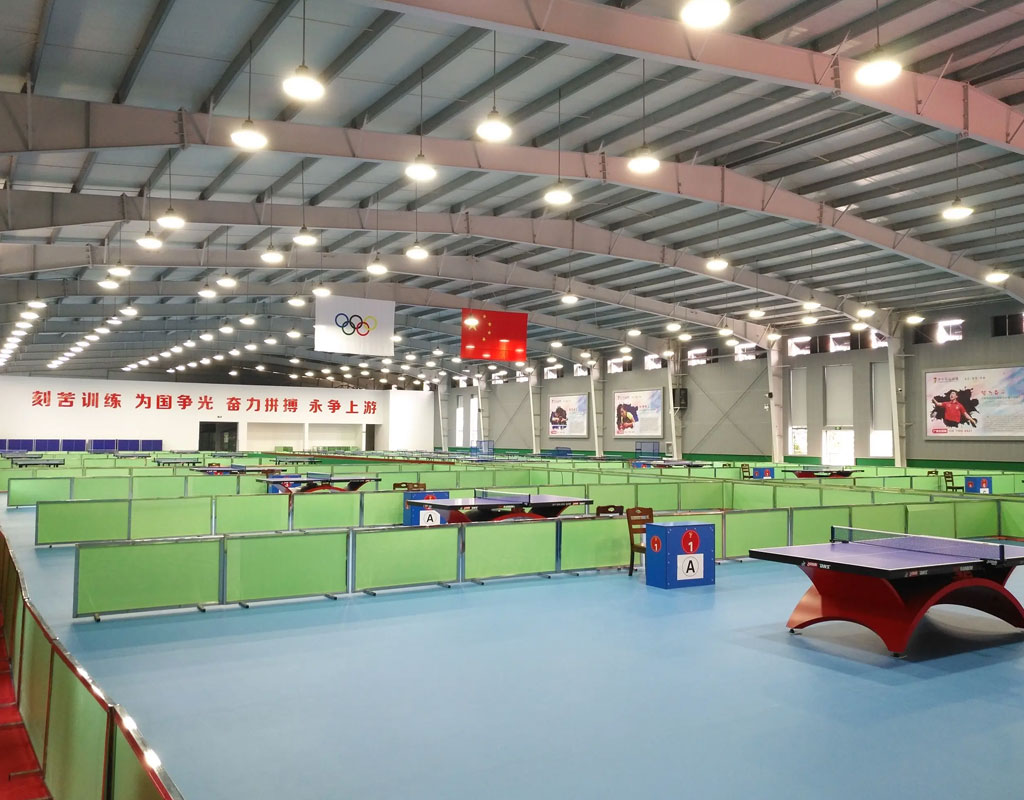
Industrial lighting Scope And Its Kind
Industrial lighting should ensure the comfort and safety of workers under the condition of reaching a certain illuminance. Reasonable lighting should balance the lighting level of the entire ground area and working surface. Factory lighting involves a wide range of places and operations, including fine processing in small workshops, heavy industrial production in tall workshops, and operations in flammable, explosive and other dangerous places. Lighting workers must According to the nature of different places and operations, the corresponding design is carried out to provide comfortable, economical and safe lighting for the staff.
- Indoor lighting: the internal lighting of the factory building and the internal lighting of auxiliary rooms such as offices.
- Outdoor installation lighting: lighting for various outdoor installations. For example, open-air workplaces in shipbuilding industry, kettles, tanks, and reaction towers in petrochemical companies, rotary kilns and belt corridors in building materials companies, blast furnace bodies, stairs, and platforms in metallurgical companies, gas cabinets in power stations, and total depressurization Lighting of outdoor transformer and power distribution devices of substations, cooling racks (towers) of outdoor water pump stations, and outdoor ventilation and dust removal equipment.
- Station yard lighting: lighting set up in stations, railway marshalling stations, parking lots, open-air yards, etc.
- Underground lighting: lighting in basements, cable tunnels, integrated pipe corridors and tunnels.
- Road lighting: lighting of roads and other roads in the factory area.
- Guard lighting: lighting set along the guard area around the factory area and key places.
- Obstruction lighting: There are extra-high buildings and structures in the factory area, such as chimneys, etc. According to the regional aviation conditions, sign lighting needs to be installed according to relevant regulations.
Industrial Plant Features
1.Characteristics Of Industrial Plants
Industrial workshops can be divided into single-storey industrial buildings and multi-storey industrial buildings according to their architectural structures. Most of the workshops of multi-storey industrial buildings are found in light industry, electronics, instrumentation, communication, medicine and other industries. The floors of such workshops are generally not very high, and their lighting design is similar to that of common scientific research laboratory buildings, and most of them use fluorescent lighting solutions. The production plants in the machining, metallurgy, textile and other industries are generally single-storey industrial buildings, and according to the needs of production, more multi-span single-storey industrial plants, that is, multi-span workshops arranged in parallel next to each other. The needs can be the same or different.
The width (span), length and height of the single-storey factory building are determined according to the needs of the process on the basis of meeting certain building modulus requirements. Span B of the workshop: generally 6, 9, 12, 15, 18, 21, 24, 27, 30, 36m… The length L of the workshop: as few as tens of meters, as many as hundreds of meters. The height H of the workshop: the low one is generally 5-6m, the high one can reach 30-40m, or even higher. The span and height of the workshop are the main factors considered in the lighting design of the workshop. In addition, according to the continuity of industrial production and the needs of product transportation between sections, most industrial plants are equipped with cranes, whose lifting weights can be as light as 3 to 5t, and as large as hundreds of tons (currently, the lifting capacity of a single crane in the machinery industry is up to 800t). Therefore, factory lighting is usually realized by lamps mounted on roof trusses.
3.The Classification Of Industrial Plants
According to the characteristics of product production, industrial plants can be roughly divided into the following three types.
- General production workshops: workshops produced under normal circumstances.
- Explosion and fire hazard production workshops: workshops that normally produce or store explosion and fire hazards.
- Production plants in harsh environments: dusty, humid, high temperature or production plants with steam, vibration, smoke, acid-base corrosive gases or substances, and radioactive substances.According to the above classification, the factory lighting design should be strictly followed by different production conditions.
The General Requirements Of Industrial lighting
Factory lighting should be designed according to the following general principles.
The Choice Of Lighting Method
- For places with high illuminance requirements and low density of working positions, mixed lighting should be used in places where it is unreasonable to use general lighting alone.
- When the illuminance requirements for the operation are not high, or when limited by the production technical conditions, it is not suitable to install local lighting, or the use of mixed lighting is unreasonable, general lighting should be used alone.
- When a certain work area needs to be higher than the general lighting illumination, the general lighting of the partition can be used.
- When the general lighting of the partition cannot meet the illumination requirements, local lighting should be added.
- Only local lighting should be installed in the work area.
Illumination Standard
The illuminance value of factory lighting design should be selected according to the provisions of the national standard GB 50034–2004 “Architectural Lighting Design Standards”. This standard specifies the illuminance values of general lighting for sixteen categories of industrial buildings. The illumination standards for more specific workplaces in various factories should also be in accordance with the regulations of the relevant industries.
Lighting Quality
Lighting quality is a measure of the quality of factory lighting design. It mainly includes the following:
- Choose lamps with high efficiency and suitable light distribution curve. According to the hanging height of the lamps on the workshop frame, according to the room shape index ruler, the lamps with different light distribution are selected. When RI=0.5~0.8, narrow light distribution lamps should be used; when RI=0.8~1.65, medium light distribution lamps should be used; when RI=1.65~5, wide light distribution lamps should be used.
- Choose a lighting source with appropriate color temperature and a color rendering index that meets production requirements.
- Reach the specified illuminance uniformity: the general illumination uniformity in the work area should not be less than 0.7, and the illumination uniformity around the work area should not be less than 0.5.
- To meet the quality requirements of lighting direct glare limitation: the unified glare value (UGR) is in accordance with the provisions of GB 50034-2004. That is, the general allowable value is 22, and the fine processing value is 19.
- Take measures to reduce the influence of voltage fluctuation and voltage flicker on lighting and prevent stroboscopic effect.
- The lighting device should work under the allowable working voltage, and compensation capacitors should be used in places where metal halide lamps and high-pressure sodium lamps are used to improve its power factor.
Selection Of Industrial Lighting Sources
The light source should be selected according to the characteristics and requirements of the production process. The lighting source should be electrodeless lamp (please refer to this entry for the auspiciousness of electrodeless lamp), tricolor thin tube straight tube fluorescent lamp, metal halide lamp or high pressure sodium lamp. When the height of the light source point from the ground is 4m or less, electrodeless lamps and thin tube fluorescent lamps should be used; for high-height workshops (above 6m), electrodeless lamps and metal halide lamps can be used, and high-pressure sodium lamps can be used without color rendering requirements.
Lamp:
- Places where lamps and lanterns need to be switched on and off frequently and start instantaneously;
- There are driving operations and places that need to avoid glare;
- The lamp is used for a long time, and the electricity consumption is large, and it is necessary to save energy, save electricity and save money;
- Places that require strict color identification (such as spectral analysis rooms, chemical laboratories, etc.).
Incandescent Lamps:
- Places with strict requirements for preventing electromagnetic interference.
- Places where lights are turned on and off frequently.
- Places with low illumination requirements and short lighting time.
- Places where local lighting and temporary lighting are used.
- In places that need to strictly identify colors (such as spectral analysis rooms, chemical laboratories, etc.), high color rendering trichromatic fluorescent lamps should be used.
High-Power Rocket Energy-Saving Lamps:
- Places where lamps need to be switched on and off frequently and start instantaneously;
- The height of the workshop is less than 10 meters, preferably 4-8 meters;
- Places that consume a lot of electricity and need to save energy, save electricity and save money;
- The lamp has a long service life, generally 3-5 years;
- Requires more realistic places (such as precision machinery, spectral analysis room, chemical laboratory, etc.).
Ceramic Metal Halide Lamps:
- The height of the workshop is more than 10 meters;
- Places with high requirements on lighting;
- Places that consume a lot of electricity and need to save energy, save electricity and save money;
- Requires more realistic places (such as precision machinery, spectral analysis room, chemical laboratory, etc.).
Lamp Selection
Lamps for factory lighting should be selected according to environmental conditions, work and production conditions, and due attention should be paid to aesthetic appearance, convenient installation and coordination with buildings, so as to be technically and economically reasonable.
Illumination Calculation
Factory lighting design commonly uses the coefficient method to calculate the illuminance. For some special places or a certain point on the horizontal plane, vertical plane or inclined plane of special equipment, when the illuminance value needs to be calculated, the point-by-point method can be used for calculation.
The Laying Method Of Factory Lighting Circuit
The lighting branch line of the workshop generally adopts the method of laying the insulated wire along (or across) the roof truss with insulators (or porcelain columns). When the large-span factory floor structure adopts the grid type, in addition to the above methods, insulated wires or cables can be laid along the grid through steel pipes. The lighting circuit of explosion and fire hazard workshops generally adopts copper core insulated wire to pass through the water gas steel pipe. Hard plastic pipes can be used for laying in places affected by chemical (acid, alkali, salt spray) corrosive substances. According to the specific situation, in some places, the wiring duct or the special lighting bus can also be used for hoisting and laying.
The Method Of Industrial Lighting
Lighting methods can be divided into: general lighting, regional general lighting, local lighting and mixed lighting. Its applicable principles shall comply with the following provisions:
- When it is not suitable to install local lighting or it is unreasonable to use mixed lighting, general lighting should be used;
- When a certain work area needs to be higher than the general lighting illumination, the general lighting of the partition can be used;
- For places with high requirements on illuminance, low density of working positions, and unreasonable general lighting installed separately, mixed lighting should be used;
- In a workplace should not only install local lighting.
The Type Of Industrial Lighting
It can be divided into: normal lighting, emergency lighting, duty lighting, guard lighting and obstacle lighting. Among them, emergency lighting includes backup lighting, safety lighting and evacuation lighting, and its applicable principles should meet the following requirements:
- When the normal lighting is extinguished due to a fault, lighting for equipment should be installed in places that need to ensure normal work or continuation of activities;
- When the normal lighting is extinguished due to a fault, safety lighting should be installed in places that need to ensure the safety of persons in danger;
- When the normal lighting is extinguished due to a fault, evacuation lighting should be installed for the exits and passages that need to ensure the safe evacuation of personnel;
- On-duty lighting should use a part of normal lighting that can be controlled independently or use part or all of emergency lighting;
- The guard lighting should be installed within the guard range as needed;
- The installation of obstacle lighting should strictly implement the relevant regulations of the aviation or transportation department in the region where it is located.
The Choose Lamps Of Industrial Lighting
When selecting the type of lamps and lanterns according to the environmental conditions, attention should be paid to the environmental temperature, humidity, vibration, contamination, dust, corrosion, explosion and fire hazard media. The following three environmental conditions are used to select lamps.
The Selection Of Lamps And Lanterns For General Industrial Plants
- Open lamps are generally used in normal environments (heating or non-heating places).
- For places with a large amount of dust but no danger of explosion and fire, choose lamps suitable for the amount of dust. The amount of dust in a dusty environment is measured by the concentration in the air (mg/m3) or the amount of sedimentation [mg/(m2·d)].
For general dusty environments, dust-proof (IPSX grade) lamps should be used. For dusty environments or general dusty environments with conductive dust, dust-tight (IP6X grade) lamps should be used. For conductive fiber (such as carbon fiber) environments, IP65-rated lamps should be used. For lamps that often need to be washed with water, they should choose not less than IP65 lamps.
A clean room is an area inside a factory that requires tightly controlled environmental conditions. The main role of lighting is to make work activities clearly visible, resulting in safe, comfortable and efficient working conditions.
The lighting system must not interfere with the production process or affect the flow of clean air in the area. The system must be easy to maintain. Large-area clean rooms are mainly established in the fields of semiconductor industry, electronics industry, computer industry and aviation industry. Biological clean rooms are also used in the pharmaceutical, food and beverage industries.
Lighting Scheme
Errors in a clean room can be very serious and therefore require higher lighting levels. If there are no special requirements for the spectrum, neutral white light with high color rendering should be used. The same requirements should be applied to local lighting, with better avoidance of glare.
The lighting system for a given dust level depends primarily on the air handling requirements.
- The high color rendering properties of fluorescent lamps are well suited for this application. In the wide color temperature range of the light source, the desired color temperature can be easily selected.
- Luminaires for demanding clean rooms: thin wire cables
- Cleanrooms under stringent requirements must strictly control airflow in order to maintain the desired environment. Therefore any changes in airflow should be avoided. Large areas of hidden lamps or surface lighting should be avoided. The luminaire must be as thin as possible, with a width smaller than the distance between the suspended ceiling brackets.
- In this lighting, the Jurassic Teardrop light fixture series with polycarbonate diffuser screen is used.
- A more direct and economical approach to clean room design is to choose Jurassic Simple 1*36W slatted luminaires with only thin wire cable racks. Although standard fluorescent lamps can be used as a source of glare, this can be controlled by adding reflectors inside the luminaire: ZLL. All of the above can improve lighting efficiency by about 15%.
- Luminaires for clean rooms with moderate dust levels: recessed luminaires
- Recessed light fixtures can be used when a medium dust level (1000 or more) is required in the clean room. Whether installing closed or open luminaires, it should be ensured that air passes through the filter and not through the luminaire.
- It is also important to have a clean design in order to avoid getting in the way of the operating system. Care should be taken to use the correct lamps carefully to avoid glare and ensure good lighting.
Illumination Standard
- The illuminance standard value of industrial enterprise lighting should be graded according to the following series: 0.1, 1, 2, 3, 5, 10, 15, 20, 30, 50, 75, 100, 150, 200, 300, 500, 750, 1000, 1500, 2000 and 3000Lx.
- The standard value of lighting design should be the average illuminance value on the working surface of the production site.
- For the standard value of illuminance on the working surface, according to the specific requirements of the workplace and visual operations, the appropriate standard value should be selected according to high, medium and low, and the middle value of the illuminance range is generally used.
- When one of the following conditions is met, the standard value of illuminance on the working surface shall adopt the high value of the illuminance range:
- When one of the following conditions is met, the standard value of illuminance on the working surface shall be the lower value of the illuminance range:
